Chaco sandals are cosmetically appealing and comfortable. They are designed for the minimalist, not the flashy. People buy Chaco sandals for their durable structure and their long life. The American Podiatric Medical Association has given Chaco sandals their seal of approval.
Clean the remainder of the sandal sole with a dish soap mixture and dry well.
Take a sharp utility knife and cut off the old sole of the sandal.
Find a file with a medium grain and scuff up the area that you just cut. The scuffed area is where the glue will adhere best to the new sole.
Experiment with self-sticking soles-cobblers tend to use contact cement and adhere the new sole themselves.
Arrange the repaired sandals in a vice that applies even pressure on the entire sole of the sandal.
Check to see if the contact cement has dried after a 24-hour period. Walk in the sandals to release any air pockets that still exist.
Scrape any excess glue and sole off with a utility knife. Use a file to smooth away the rough edges.
Related Articles
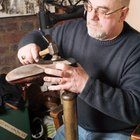
How to Glue Soles on Cheap Work Boots

How to Clean Scuffed Up Rain Boots
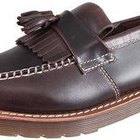
How to Clean Dr. Martens Shoes

How to Deodorize Suede Sandal Footbeds

How to Fix a Crack in My Hunter Wellies

How to Clean Vans Slip Ons

How to Clean Superfeet Foot Insoles

How to Repair Sperry Shoes
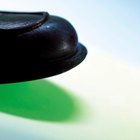
How to Polish Bass Weejuns

How to Clean the Insides of Rubber Boots

Care for Mephisto Sandals

How to Replace Rubber on Heels

How to Fix Crepe Soles
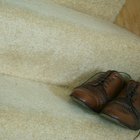
How to Clean Mold Off Leather Shoes
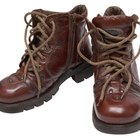
How to Clean Polo Boots
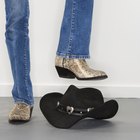
How to Care for Snakeskin Boots
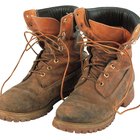
How to Restore Discolored Boots
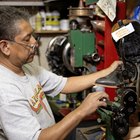
Fixing a Boot's Heel
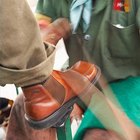
How to Care for Your Blundstones

How to Clean TEVA Sandals
Writer Bio
This article was written by the CareerTrend team, copy edited and fact checked through a multi-point auditing system, in efforts to ensure our readers only receive the best information. To submit your questions or ideas, or to simply learn more about CareerTrend, contact us [here](http://careertrend.com/about-us).